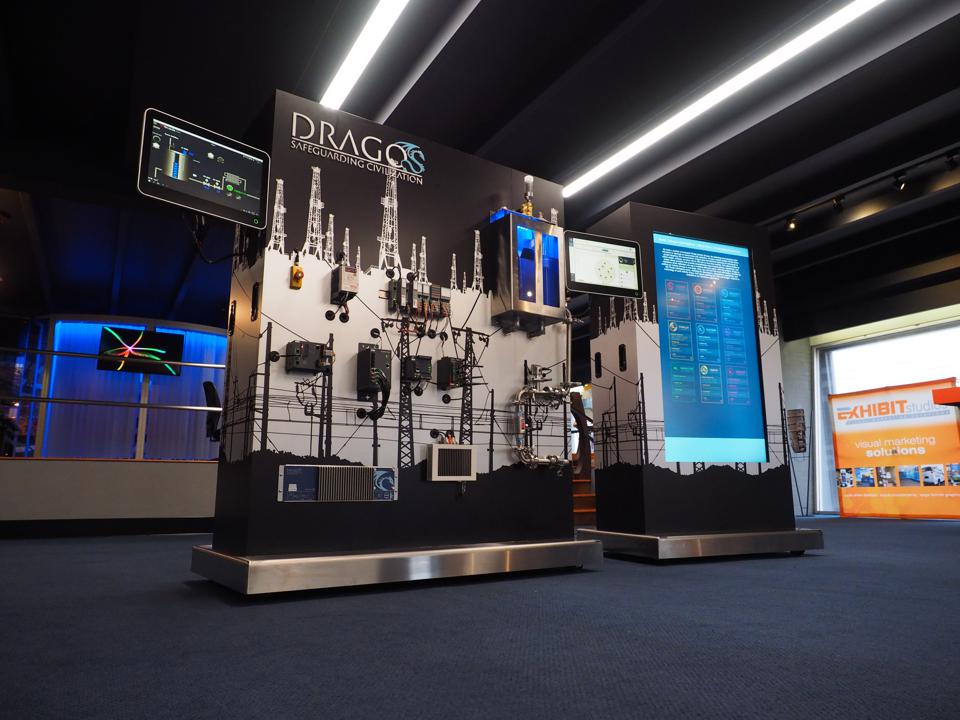Meet The Founder Who Is Safeguarding The Industrial Enterprise From Hackers
When a hacker tried to poison Tampa-area city’s water with lye (sodium hydroxide) last week, the US public was exposed to an unfortunate reality of interconnectivity. Upon breaking through a vulnerable remote access point, a hacker was able to remotely increase the level of lye in the city’s drinking water from 100 parts per million to 11,100 parts per million — 100 times its normal rate. By chance, a plant operator in Oldsmar, Florida recognized the breech by the hacker who leveraged similar capabilities of a plant manager or supervisor. What would have happened if the plant operator did not catch the change? What could have prevented this from happening in the first place? What if this happened at a pharmaceutical or biotechnology company creating life-saving products, or a power plant keeping city lights and security systems activated? In the last week, the public was simply exposed to a harsh reality: there are bad actors in the world who are looking to cause harm to innocent people, and it is essential to have the right safety measures in place. As a record number of companies and governmental organizations embark on digital transformation journeys to embrace Industry 4.0, they are leveraging Dragos for industrial strength cybersecurity.

A wall built to showcase ICS training.
Rob Lee, Founder & CEO of Dragos, the global leader in cybersecurity for industrial controls systems (ICS)/operational technology (OT) environments, contends the public need not freak out about every case. “Our infrastructure providers have done right by the community by investing in delivering safe and reliable services. However, as the digital transformation takes place and it converges with an ever increasing industrial focused threat landscape, reality is we have to do more than what has been done before to avoid disastrous scenarios,” says Lee.
Dragos, founded 6 years ago in Hanover, Maryland, maintains the safety and security of hundreds of customers in areas such as manufacturing, chemicals, utilities, transportation, energy, mining, and pharma across more than 20 countries. Dragos recently closed its Series C financing of $110 million, bringing its total funding…






